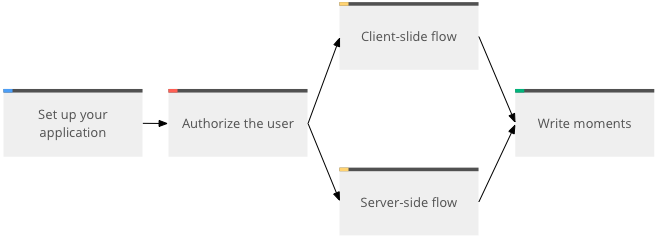While people were skydiving into I/O, Google quietly made a massively important announcement about a new feature called Google+ History, which gives apps an API to auto-share content to a private holding tank on your G+ profile, which you can then choose to share from. Developers who integrate History will score added discovery and referral traffic from the 75 million daily Google+ users the search giant announced today.
Testing begins now and Google admits it will be bumpy. But it has the potential to populate Google+ with desperately needed content and make it a destination people actually want to visit.
The idea behind Google+ history is that you do a lot of things on the web, but you might only want to share some of them. Right now Facebook’s Open Graph API often catches users by surprise. Even though they’ve authorized auto-sharing, they might not realize the article they read or video they watched is being broadcasted to friends.

In contrast, Google+ History makes sure users are always in control. Google’s Ken Norton explained in his fanfare-less announcement, “With just a few lines of code your app can privately save moments (like a listened song, or a visited restaurant) to a user’s Google+ history, and from there users can share those moments with others.”
To give developers a taste of how it works, once they sign up, their activity on Google properties including YouTube, +1, Play app purchases, and Intant Upload activity will appear in their Google+ History. The fact that Google is going to be auto-sharing app purchases is big. That’s something neither it nor Apple does with Facebook Open Graph, and it could become core way people discover the apps their friends have bought.
It could offer big gains for apps that publish frequently, like Twitter for example. You might not want to cross-publish every tweet to Google+, but some of them might be fit for syndication. With the History API, Twitter could send all your tweets to your History holding tank, and let you pick which ones to share with which circles.
Vic Gundotra said at SXSW this year that Google+ hadn’t released a third-party publishing API because it didn’t have a good enough algorithm for sorting the feed and making sure loud apps didn’t drown out users actually posting from within Google+. It seems the solution was merely letting users decide for themselves what their friends should see.
Google announced that G+ now has 250 million registations and 75 million daily users. The History API might help it keep up that momentum. By targeting Facebook where its weakest — its public perception of privacy — Google+ could inspire a wave of defectors to join its social network.
